Sample information |
|
| Picture |
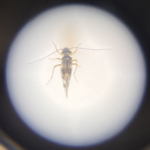
|
|---|---|
| Location | |
| Collection date | 05/10/2024 |
| Captive / Cultivated? | Wild-caught |
| Group | California Academy of Mathematics and Science |
| Observations | The arthropod was found on the bark of a tree trunk and jumped into collection petri dish. It was collected around 9:00 am, with overcast skies and a temperature of about 64 degrees Fahrenheit. The tree was located on a school campus by a few other trees and a grassy area. |
| Putative identification | Arthropoda Insecta Psocodea Stenopsocidae Graphopsocus Graphopsocus cruciatus |
Methods |
|
| Extraction kit | DNeasy (Qiagen) |
| DNA extraction location | Whole arthropod |
| Single or Duplex PCR | Duplex Reaction |
| Gel electrophoresis system | Standard electrophoresis system |
| Buffer | TAE |
| DNA stain | UView |
| Gel images |
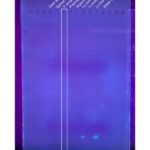
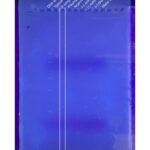
|
| Protocol notes | Wolbachia Gel Electrophoresis Lanes: Lanes 1-3 – Empty Lane 4 – DNA ladder Lane 5 – Winged arthropod 1 (Typical mosquito) Lane 6 – Winged arthropod 2 (F-winged barklouse) Lane 7 – Wingless arthropod 1 (Praying mantis) Lane 8 – Wingless arthropod 2 (Argentine ant) Lane 9 – (+) Arthropod control Lane 10 – (-) Arthropod control Lane 11 – (+) DNA control Lane 12 – Water control Wolbachia Gel Electrophoresis Analysis: Both the arthropod and DNA controls worked, meaning DNA extraction, Wolbachia PCR, and the Wolbachia gel electrophoresis were successful. Lane 6, containing the F-winged barklouse DNA sample did not show any bands, meaning Wolbachia was not present in the arthropod. Arthropod Gel Electrophoresis Lanes: Lanes 1-3 – Empty Lane 4 – DNA ladder Lane 5 – Winged arthropod 1 (Typical mosquito) Lane 6 – Winged arthropod 2 (F-winged barklouse) Lane 7 – Wingless arthropod 1 (Praying mantis) Lane 8 – Wingless arthropod 2 (Argentine ant) Lane 9 – (+) Arthropod control Lane 10 – (-) Arthropod control Lane 11 – (+) DNA control Lane 12 – Water control Arthropod Gel Electrophoresis Analysis: Other than the DNA ladder, no banding was present in the arthropod gel. Since the positive arthropod and DNA controls did not yield expected results, an error was likely made somewhere in the procedure. The Wolbachia controls worked as expected, so DNA extraction and Wolbachia were likely successful. An error likely occurred during arthropod PCR, since gel electrophoresis was successful (DNA ladder bands appeared). |
Results |
|
| Wolbachia presence | No |
| Confidence level | Medium |
| Explanation of confidence level | Both the arthropod and DNA controls showed the expected results, meaning that the data collected from this gel is valid. There were also no unexpected bands in the Wolbachia gel, however the controls did not work properly in the arthropod gel. Since there were no results in the arthropod gel, although the results from the Wolbachia gel yielded expected control results, since the arthropod gel electrophoresis did not have any data, it can not be concluded with complete certainty that Wolbachia was not present in this arthropod. |
| Wolbachia 16S sequence | |
| Arthropod COI sequence |
|
| Summary | The Graphopsocus cruciatus was found to be negative for Wolbachia. |
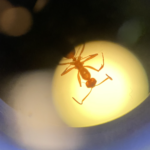 Formica Pallidefulva
Formica Pallidefulva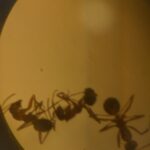 Formica Pallidefulva
Formica Pallidefulva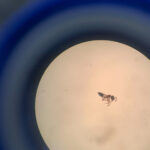 Ant
Ant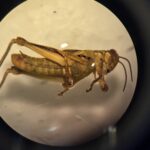 Differential Grasshopper – Melanoplus differentialis
Differential Grasshopper – Melanoplus differentialis Pill Bug (Armadillidium vulgare) – Draft
Pill Bug (Armadillidium vulgare) – Draft